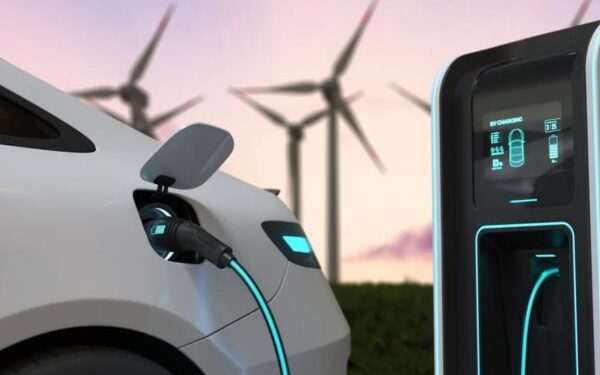The PM E-DRIVE scheme, launched by the Indian government, is set to boost electric vehicle (EV) adoption in rural and semi-urban regions across India. With a focus on affordability and accessibility, the scheme aims to provide targeted subsidies and incentives for electric two-wheelers and three-wheelers, making them more accessible for the masses.
A significant aspect of the scheme is its commitment to improving charging infrastructure, with ₹2,000 crore allocated for the installation of charging stations nationwide. This initiative seeks to eliminate concerns over charging availability and range anxiety, two major barriers for EV adoption, especially in less urbanized areas.
The scheme is specifically designed to cater to public transport and commercial vehicles, including electric three-wheelers and e-trucks, to support the transition to cleaner, sustainable mobility. These vehicles are expected to reduce emissions and offer a more cost-effective solution for transportation in these regions.
In addition to promoting public transport, the scheme’s emphasis on rural areas is crucial for India’s overall EV adoption. The government aims to ensure that the benefits of electric mobility reach every part of the country, including Tier-2 and Tier-3 cities, by making EVs a viable and sustainable option for people in these areas.
With electric mobility growing rapidly, the PM E-DRIVE scheme serves as a crucial step towards reducing India’s dependency on fossil fuels. It supports the country’s broader goal of achieving environmental sustainability and lowering carbon emissions through cleaner alternatives.
By expanding EV adoption in rural and semi-urban regions, the government is not only improving mobility but also contributing to a greener future. This initiative positions India as a leader in the global transition to electric vehicles, while simultaneously addressing critical energy and environmental challenges.







